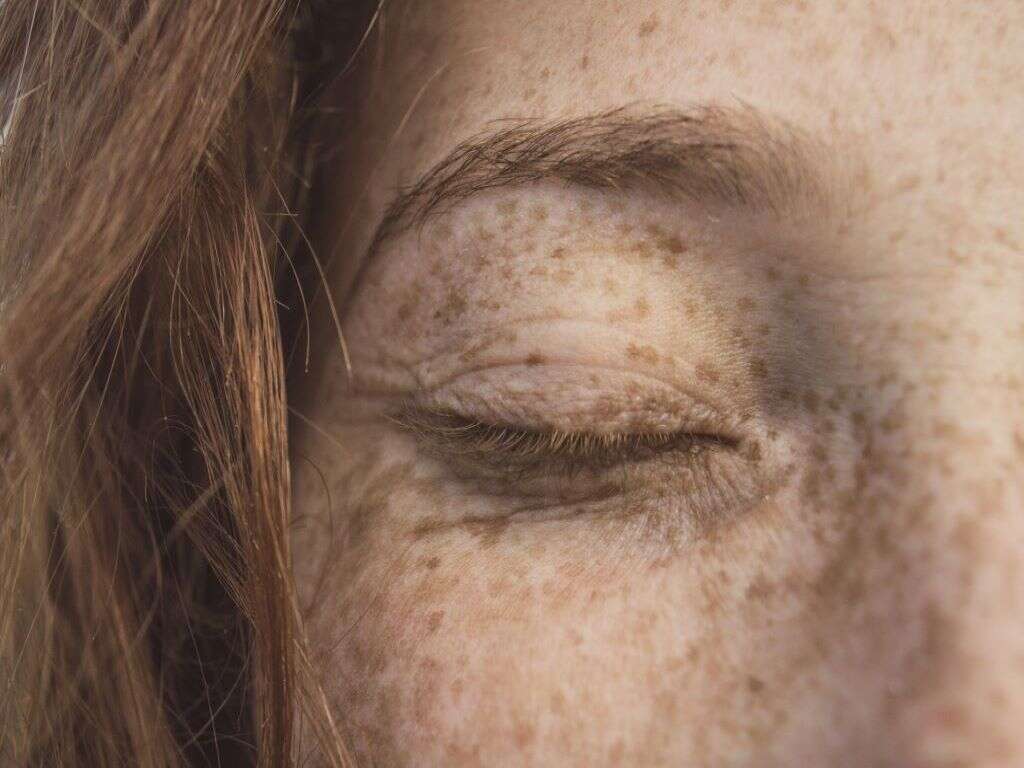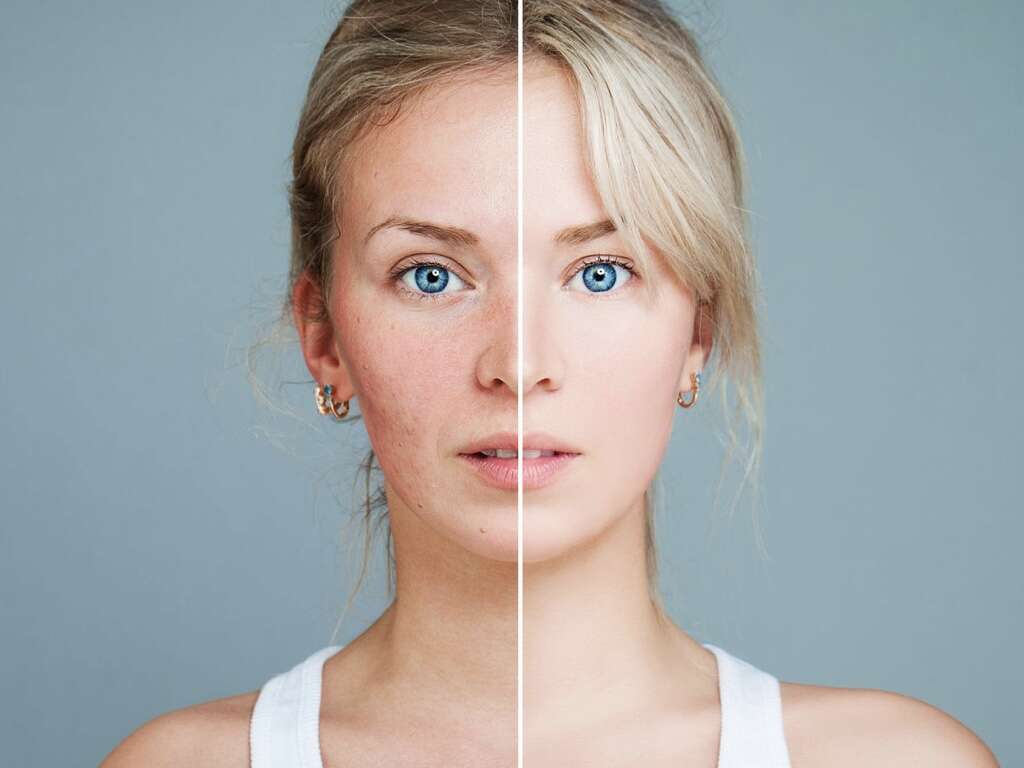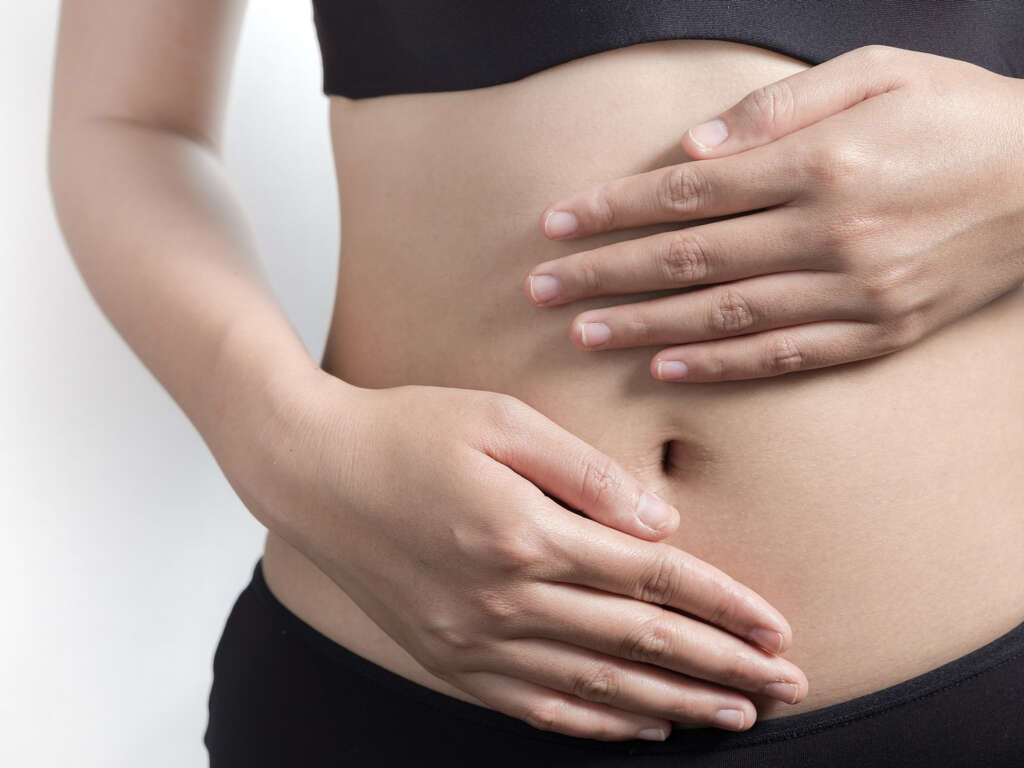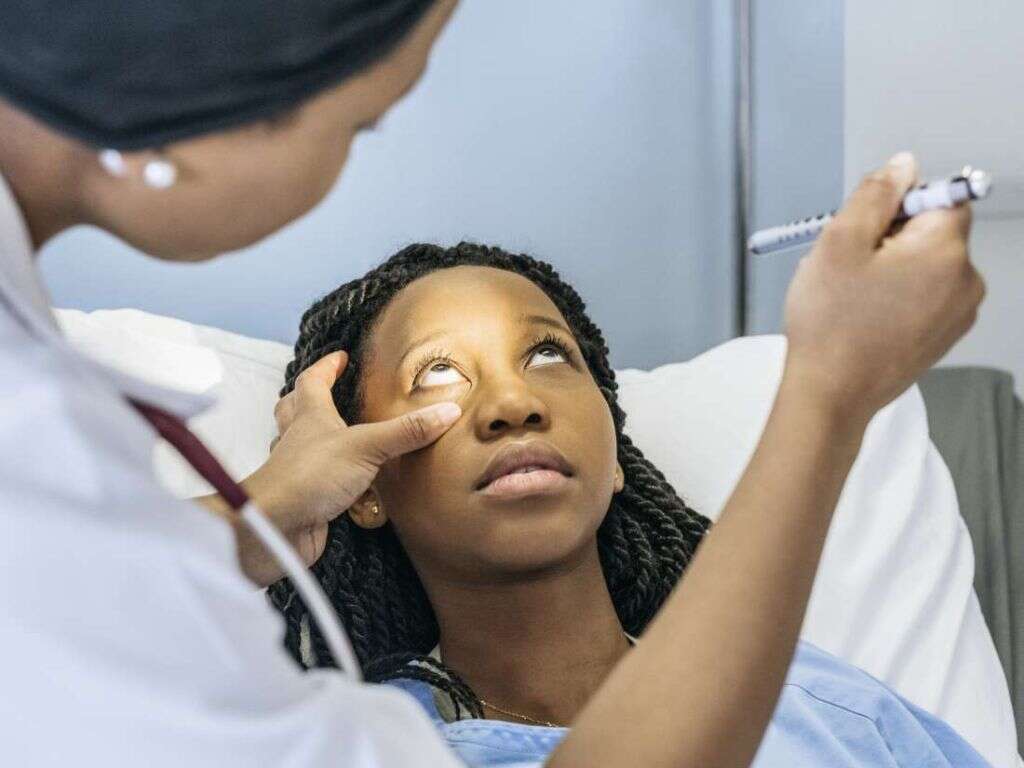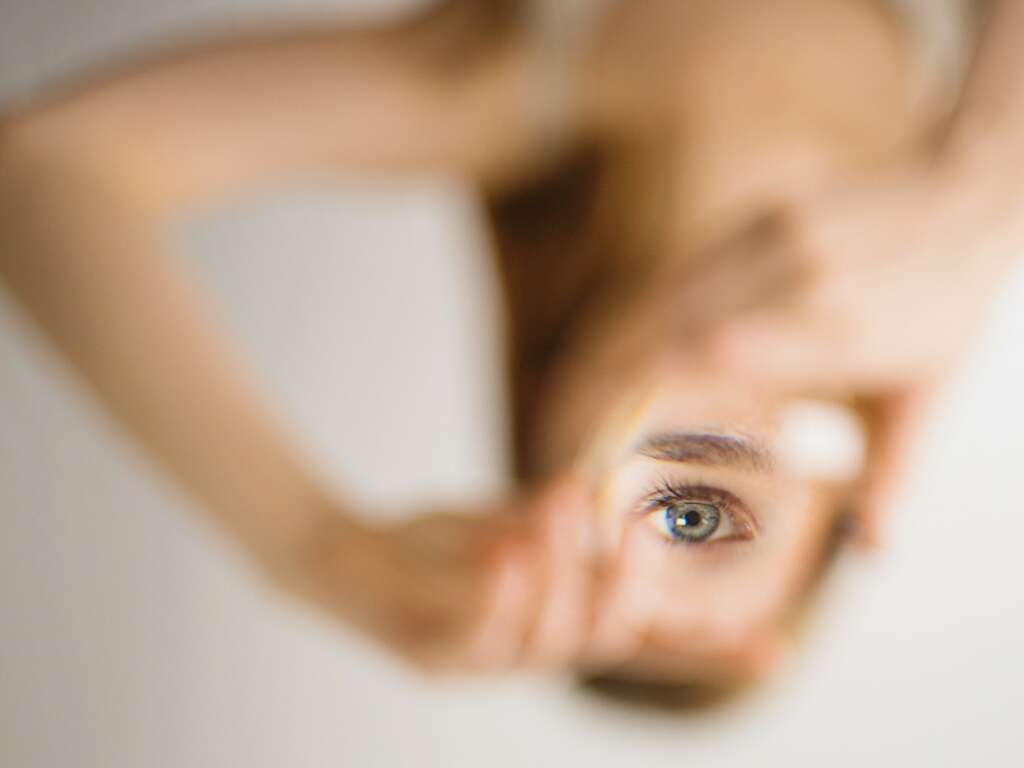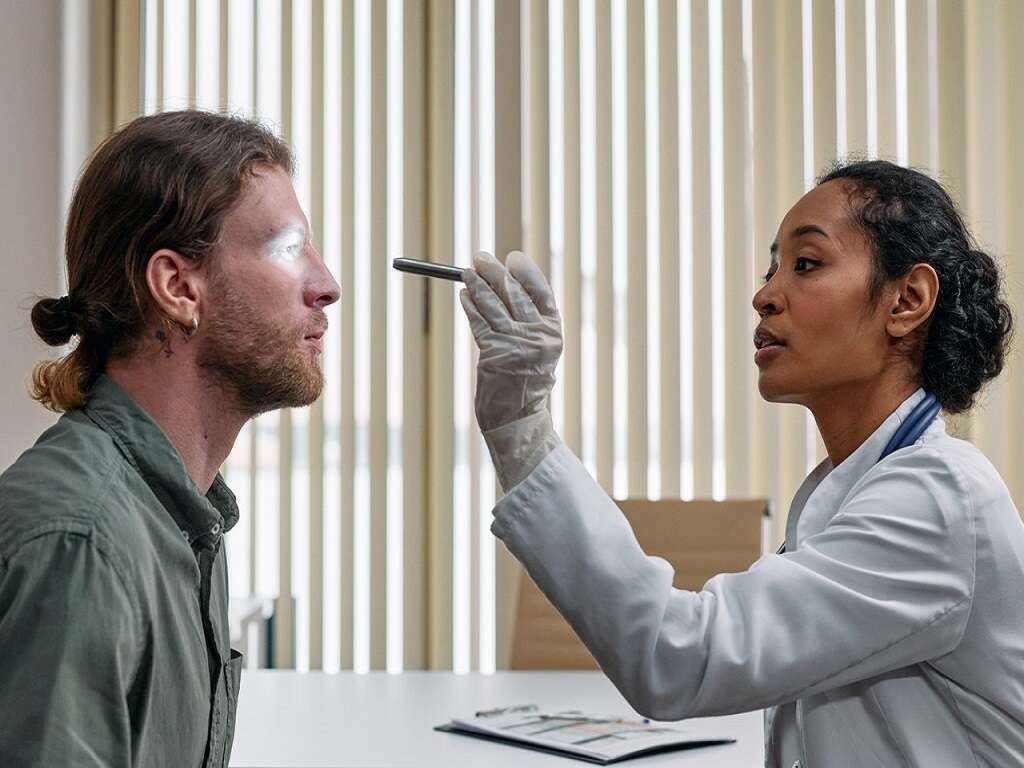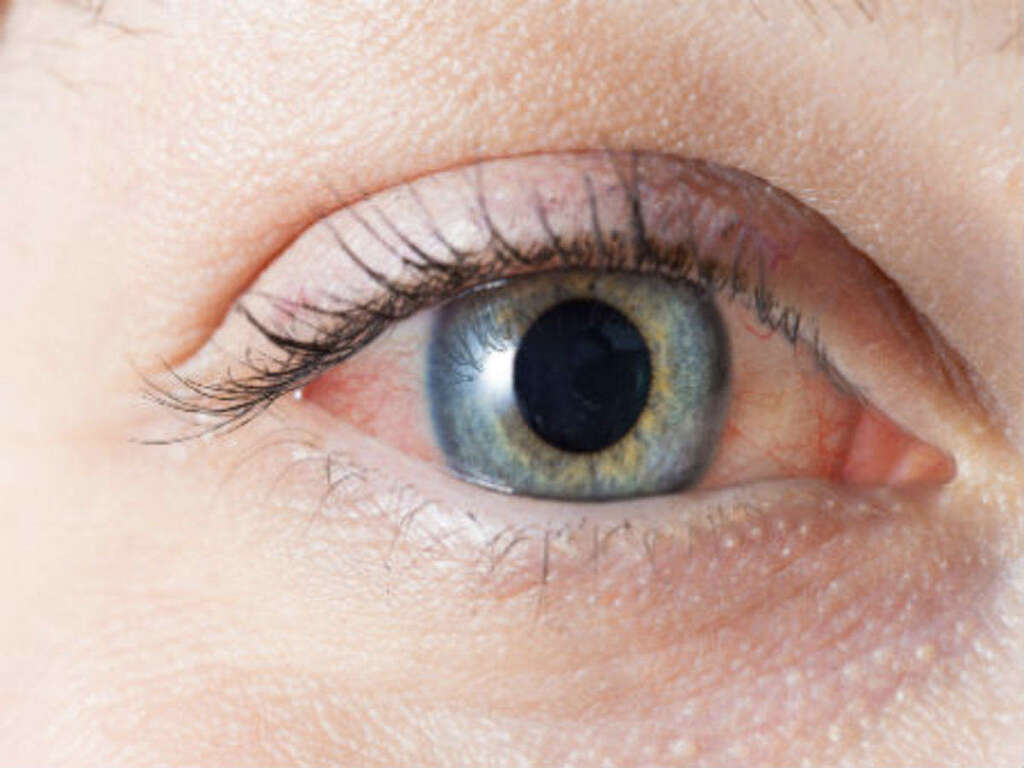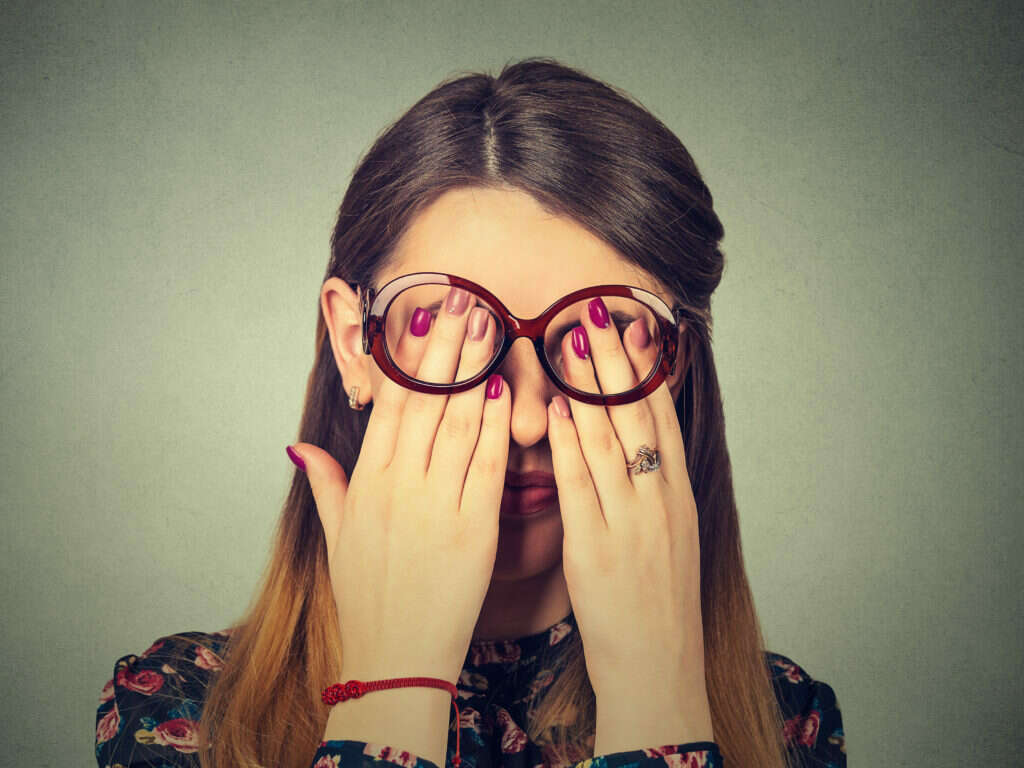Eyelid Bump Causes, Treatments & More
 Article Sources
Article Sources
- 1. Staff, Familydoctor.org Editorial. 'Sty - How to Treat Sties.' Familydoctor.org, 2 Feb. 2021, familydoctor.org/condition/sty
- 2. 'Xanthelasma and Xanthoma.' Winchester Hospital, www.winchesterhospital.org/health-library/article?id=202823
- 3. 'Chalazion.' AOA.org, www.aoa.org/healthy-eyes/eye-and-vision-conditions/chalazion
- 4. 'Surgery for Stye.' Patient Care at NYU Langone Health, nyulangone.org/conditions/stye-in-adults/treatments/surgery-for-stye
- 5. Aboud, Ahmad M. Al. 'Xanthelasma Palpebrarum.' U.S. National Library of Medicine, 10 Aug. 2020, www.ncbi.nlm.nih.gov/books/NBK531501
Although normally harmless, eyelid bumps are sometimes painful or uncomfortable. They can also affect some individuals psychologically, as the unsightly appearance can cause embarrassment. There are many forms of eyelid bumps, including styes, chalazia and xanthelasma, all with their own symptoms and causes.
For example, the majority of styes are caused by bacteria or a blockage in the eyelid's oil glands. They appear as red lumps or bumps on the eyelid where the lashes meet the lid and generally go away on their own or with some simple home care.
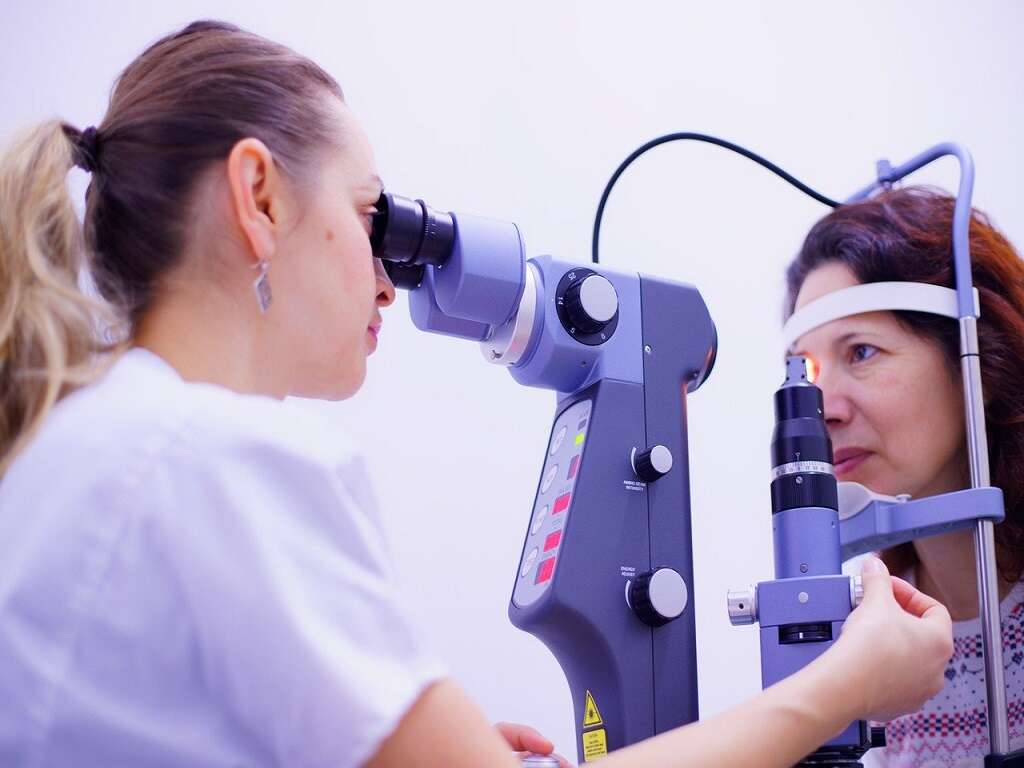
Styes
A stye is red in appearance and manifests itself as a lump or bump on either the top or bottom of the eyelid. They can occur inside and outside the lid and can be tender to the touch and very painful.
Those infected can sometimes become sensitive to light and may experience watery eyes. They may also feel the need to rub the infected area due to itching. Rubbing, scratching or squeezing the eyelid bump should be avoided, as it could easily spread the infection to other parts of the eyelid or the other eye.1Staff, Familydoctor.org Editorial. ‘Sty - How to Treat Sties.’ Familydoctor.org, 2 Feb. 2021, familydoctor.org/condition/sty
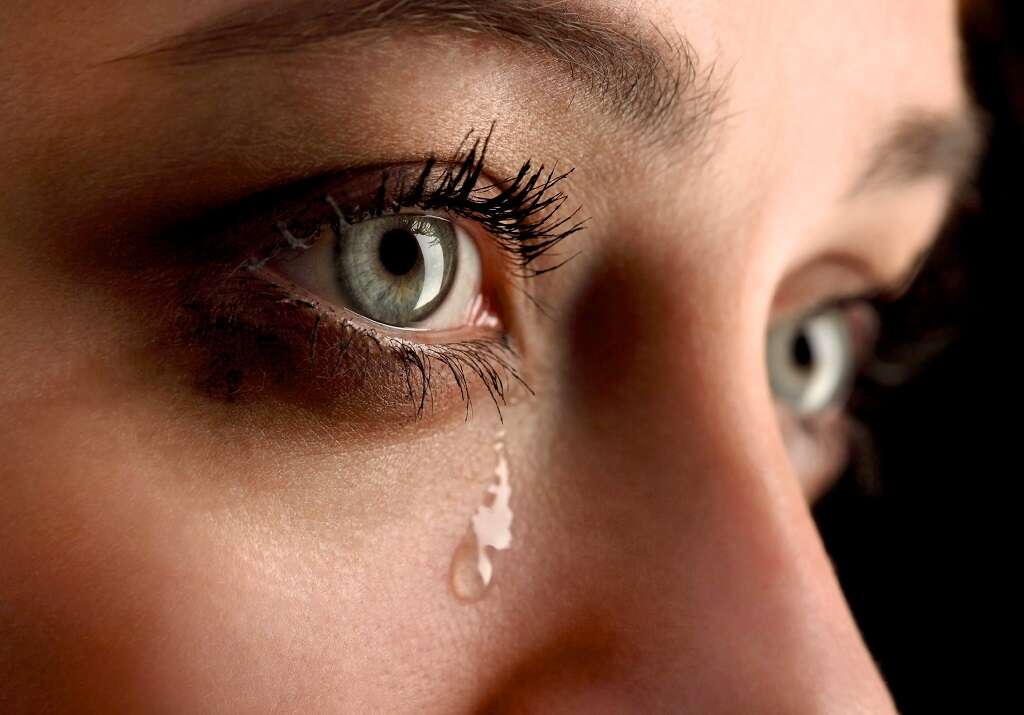
Chalazion
Another type of eyelid bump is a chalazion. They rarely cause pain to the person infected and usually disappear within a few weeks. The red lump or cyst develops inside the upper or lower lid, but more commonly the upper.
The appearance of a small red, inflamed area of the eyelid may be the first indication that someone has an infection. After a few days, this can develop into a slow-growing, painless lump.
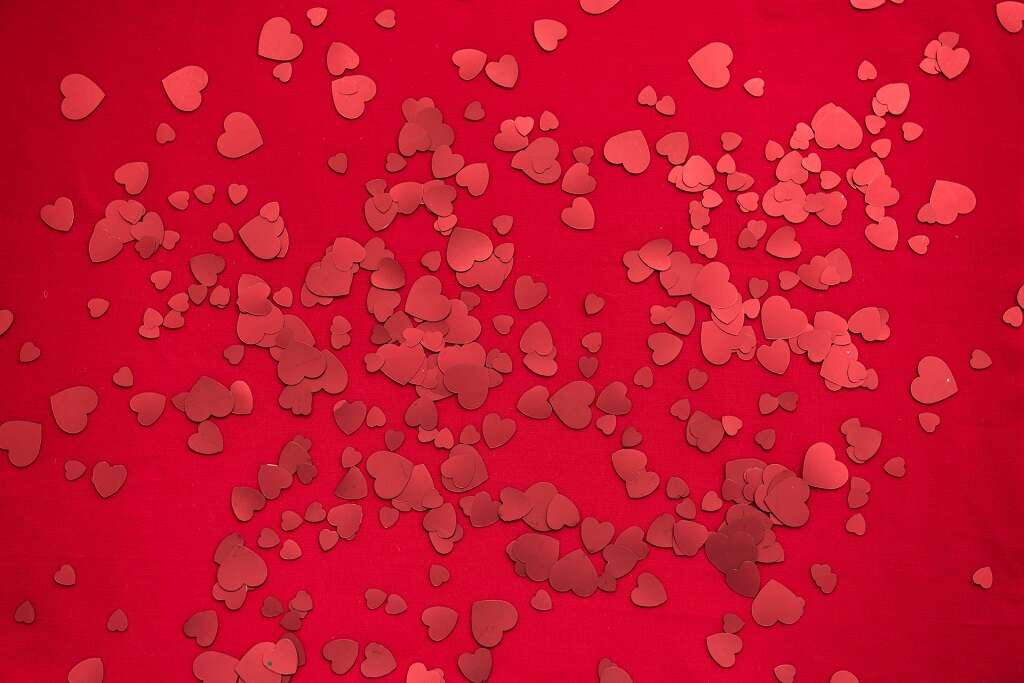
Xanthelasma
Neither harmful nor painful to the skin, xanthelasma is an eyelid bump that can sometimes affect a person psychologically due to its unsightly appearance. They appear as yellow bumps on and around the upper and lower eyelids and the nose.
The soft cholesterol-filled bumps develop under a person's skin and generally appear in middle-aged and older adults. They tend to occur more frequently in women than men and could be a sign of someone with high cholesterol.2‘Xanthelasma and Xanthoma.’ Winchester Hospital, www.winchesterhospital.org/health-library/article?id=202823

Eyelid Bump Symptoms
Sometimes painful and tender to touch and other times completely painless, eyelid bumps can display a number of symptoms. Sensitivity to light and watery eyes are two common symptoms. Some individuals may also experience a gritty or scratchy sensation in the eye.
Some symptoms could indicate a more serious condition and may warrant a visit to a doctor. These include vision impairment, excessive amounts of discharge from the eye, a change of color in the white area of the eye and eyelid blisters.
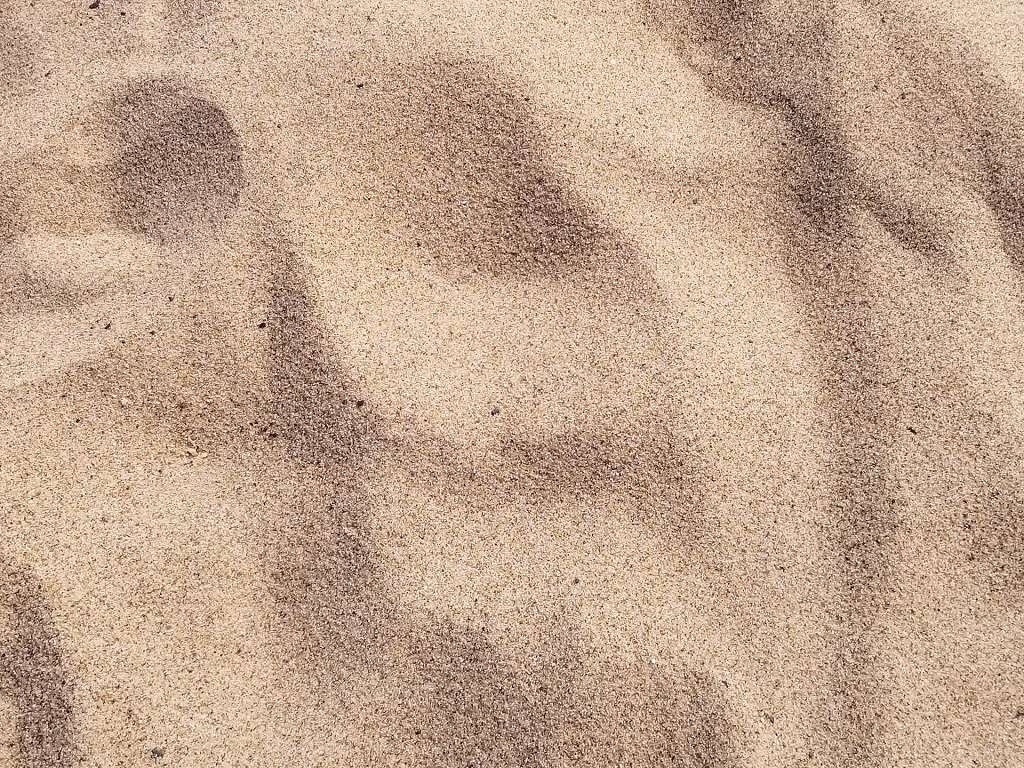
Causes of Eyelid Bumps
Styes usually develop when bacteria enter the eyes' oil glands, causing inflammation. Although unproven, it's believed that stress may play a part in the development of styes, as it can lower a person's immunity, making them more vulnerable to infections.
When a person's oil glands become blocked, a chalazion can sometimes form. This type of eyelid bump can also develop from styes that don't drain. Xanthelasma is caused by deposits of fat beneath the skin and can form without any medically related condition.
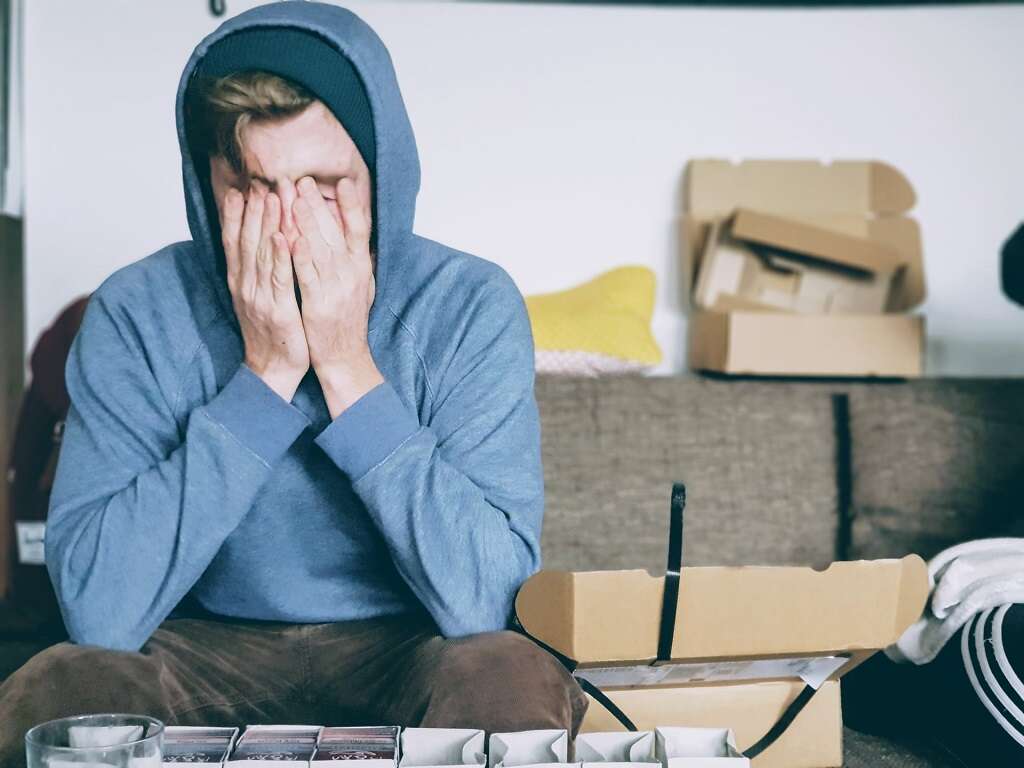
Eyelid Bumps & Homecare
To avoid spreading the infection, it's crucial for individuals to resist the urge to rub or scratch an itchy eyelid bump. Using a warm compress four to six times a day can help relieve symptoms.3‘Chalazion.’ AOA.org, www.aoa.org/healthy-eyes/eye-and-vision-conditions/chalazion
Holding the compress over the eye for ten minutes can help bring the pus to the surface, helping to drain the stye and unblock the oil glands in the eyelid. The same care applies to styes and chalazion. No home care is required for xanthelasma.
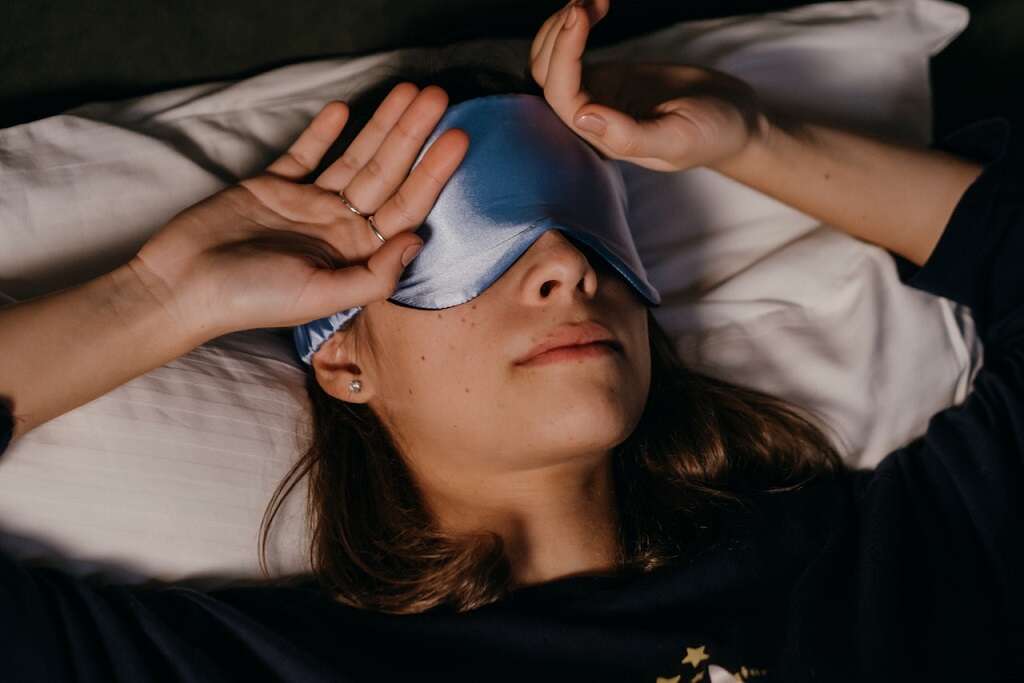
Eyelid Bumps & Medical Care
Unusually large styes may require medical attention. Doctors may drain the pus from the eyelid bump by puncturing the skin to release the infected fluid.4‘Surgery for Stye.’ Patient Care at NYU Langone Health, nyulangone.org/conditions/stye-in-adults/treatments/surgery-for-stye Recurring styes and those that won't go away may require an antibiotic cream.
A large chalazion that doesn't go away may require surgery. Antibiotic eye drops may be used before and after surgery to manage and prevent infection. Some individuals may choose to have xanthelasma surgically removed due to its appearance.
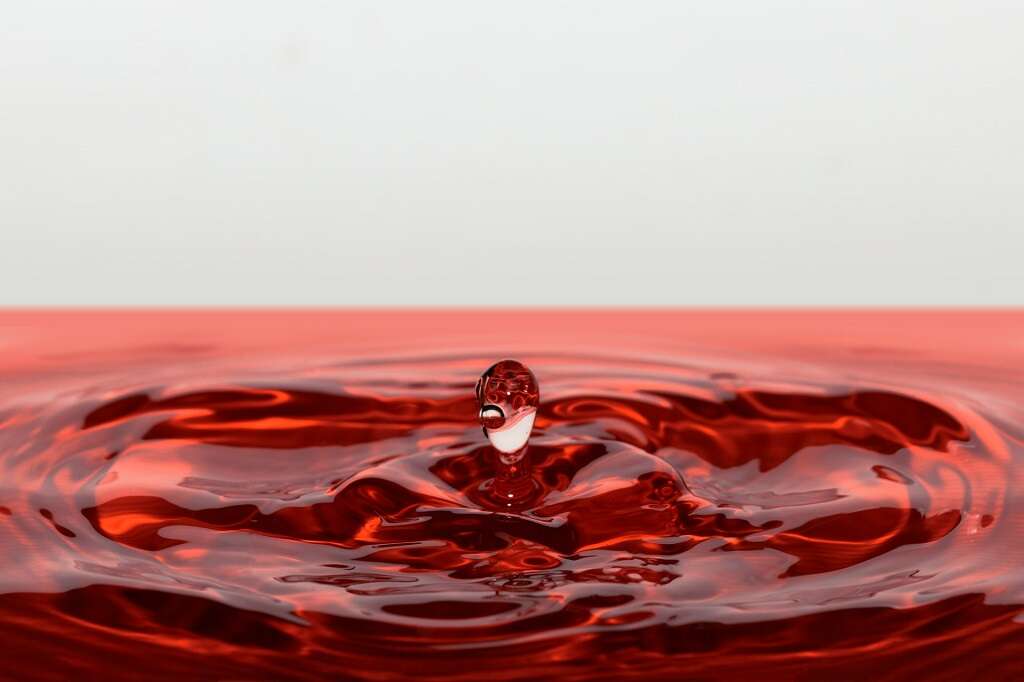
Eyelid Bump & Long-Term Outlook
Once a stye has drained, either naturally or by medical intervention, they normally heal on their own within a week. It's not unusual for another stye to appear after the initial one has healed. A chalazion may take anywhere from a week to a month to clear up.
Although xanthelasma is harmless, it's a good idea to consult a doctor, as it could be caused by an underlying health condition.
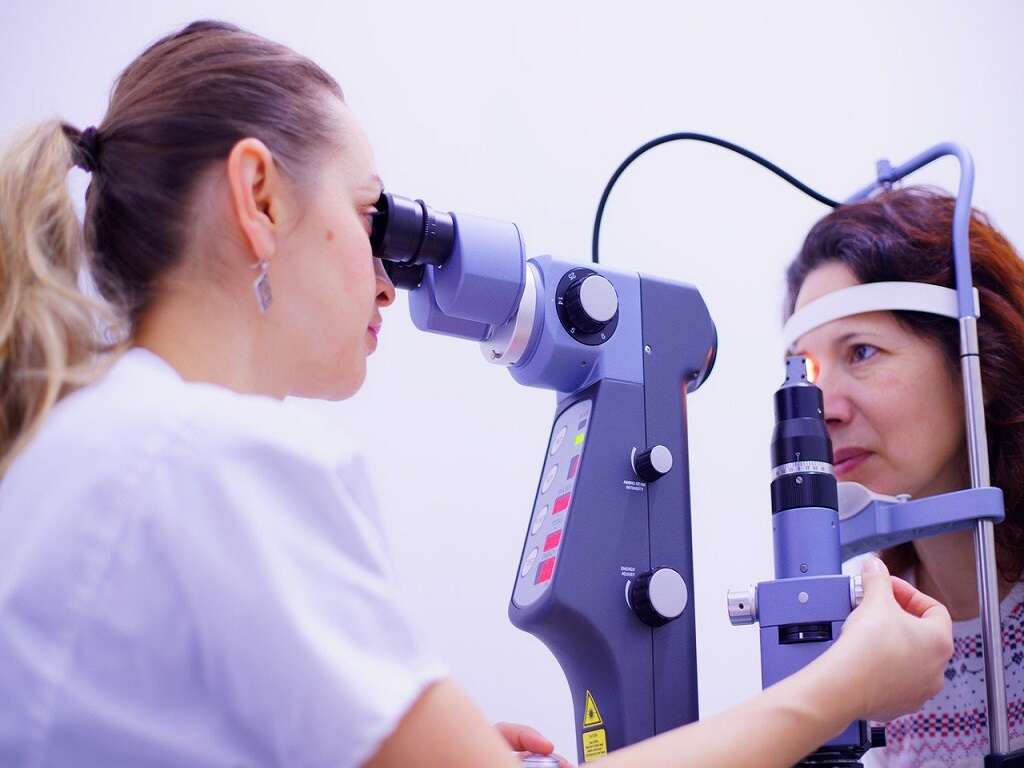
Preventing Eyelid Bumps
Because styes are caused by a bacterial infection, it's advisable not to touch the eyes unless they have first been washed with hot soapy water. Practicing good, simple hygiene can prevent the spread of bacteria.
Washing the eyes and removing make-up before bed can help prevent chalazion, and as with a stye, always practice good hygiene. Healthy eating and a weight loss program may help reduce cholesterol, which is the major cause of xanthelasma.5Aboud, Ahmad M. Al. ‘Xanthelasma Palpebrarum.’ U.S. National Library of Medicine, 10 Aug. 2020, www.ncbi.nlm.nih.gov/books/NBK531501
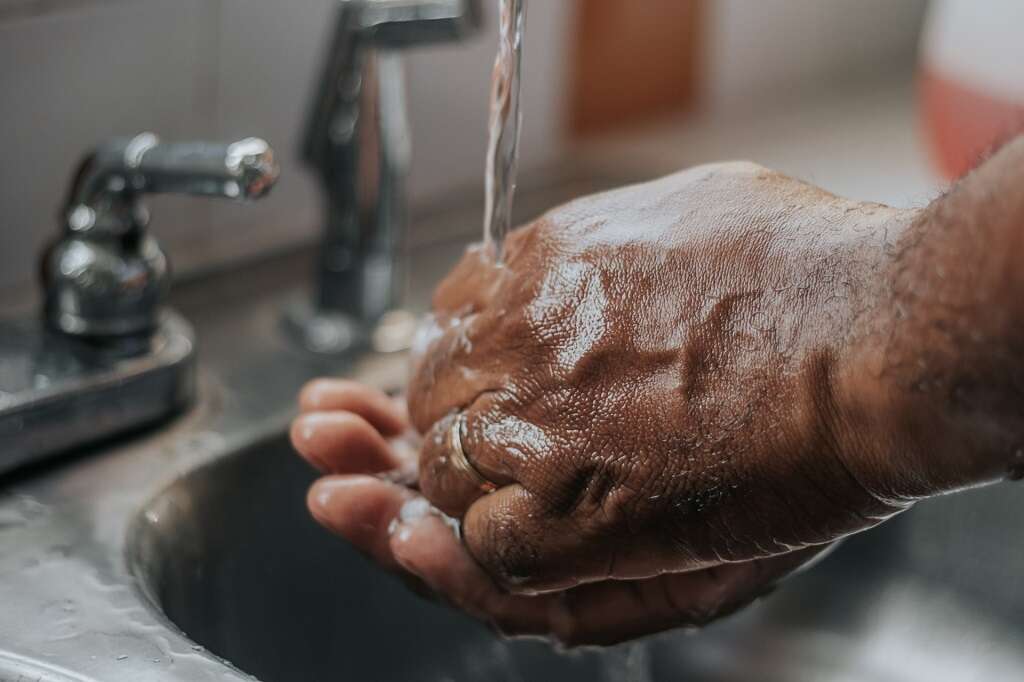
Possible Complications of Eyelid Bumps
Although it's rare, a stye that simply won't go away could be a sign of skin cancer of the eyelid. If cancer is suspected, doctors perform a surgical biopsy to see whether the infection has spread beyond the eyelid.
A more frequent complication associated with styes is that they can sometimes develop into a chalazion, which can cause corneal irritation and cosmetic deformity. Complications of xanthelasma can include the absence of normal amounts of melanin, although this is rare.



